Logsdon - Sous vide grilling: the best recipes and techniques for using your grill with sous vide cooking
Here you can read online Logsdon - Sous vide grilling: the best recipes and techniques for using your grill with sous vide cooking full text of the book (entire story) in english for free. Download pdf and epub, get meaning, cover and reviews about this ebook. City: Wolcott, year: 2011, publisher: Createspace Independent Publishing Platform; Primolicious, genre: Home and family. Description of the work, (preface) as well as reviews are available. Best literature library LitArk.com created for fans of good reading and offers a wide selection of genres:
Romance novel
Science fiction
Adventure
Detective
Science
History
Home and family
Prose
Art
Politics
Computer
Non-fiction
Religion
Business
Children
Humor
Choose a favorite category and find really read worthwhile books. Enjoy immersion in the world of imagination, feel the emotions of the characters or learn something new for yourself, make an fascinating discovery.
- Book:Sous vide grilling: the best recipes and techniques for using your grill with sous vide cooking
- Author:
- Publisher:Createspace Independent Publishing Platform; Primolicious
- Genre:
- Year:2011
- City:Wolcott
- Rating:4 / 5
- Favourites:Add to favourites
- Your mark:
Sous vide grilling: the best recipes and techniques for using your grill with sous vide cooking: summary, description and annotation
We offer to read an annotation, description, summary or preface (depends on what the author of the book "Sous vide grilling: the best recipes and techniques for using your grill with sous vide cooking" wrote himself). If you haven't found the necessary information about the book — write in the comments, we will try to find it.
Do you want perfectly cooked food but with the flavors of the grill?
Do you want to impress your friends and neighbors at your next BBQ party?
Are you tired of slaving over the grill instead of spending time with your guests?
Then Sous Vide Grilling Is For You!
Its packed with 95 different recipes that combine sous vide and grilling and it has specific chapters on grilling favorites such as kebabs, hamburgers and grilled sandwiches, sausages and hot dogs, salads and classic BBQ dishes. Weve taken some of the favorite recipes from our Beginning Sous Vide book and modified them for grilling as well as added about sixty brand new recipes!
Sous vide can do more than just cook traditional foods. It can also be a great time saving device and help make parties and BBQs go more smoothly. Its also fantastic when used on grilled or BBQd foods. We will teach you how the sous vide process can be applied to many grilled foods and how to use it to optimize your next BBQ and allow you to spend more time with your friends instead of hovering over the grill.
Sous vide has many benefits over traditional cooking but it can be hard to replace the flavors of the grill. Sous Vide Grilling will show you how to use the best of both worlds to produce great food, save time, and impress your friends and family at your next BBQ party.
Sous Vide Grilling Includes
- A general overview of sous vide cooking
- Ninety-five recipes covering everything from salads and steaks to leg of lamb and pulled pork
- A whole section on how to take advantage of sous vide for your next BBQ party to save time and impress your friends
- Over 400 sous vide time and temperature combinations across 175 cuts of meat and types of fish and vegetables
- The basics of sous vide safety
- Over 20 of our best tips and tricks for grilling and sous vide cooking
- Temperature conversion chart to easily move between Celsius and Fahrenheit so you can cook in either one
- Our Cooking By Thickness charts showing exactly how long a certain type of meat has to be cooked
So grab your apron, lighter and tongs and get started using sous vide with your grilling today!
Logsdon: author's other books
Who wrote Sous vide grilling: the best recipes and techniques for using your grill with sous vide cooking? Find out the surname, the name of the author of the book and a list of all author's works by series.

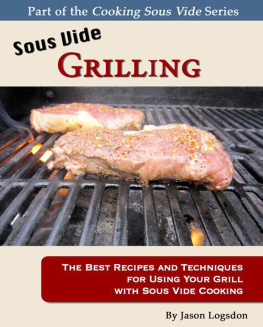
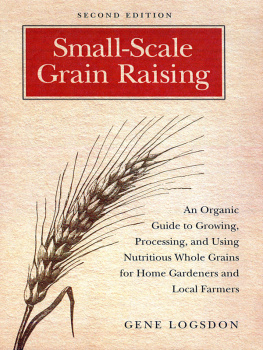
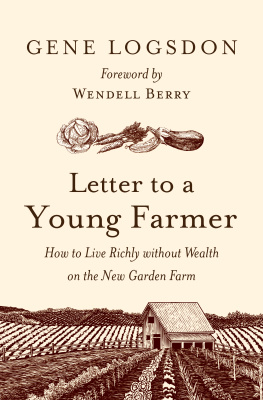
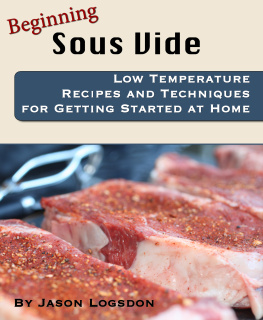
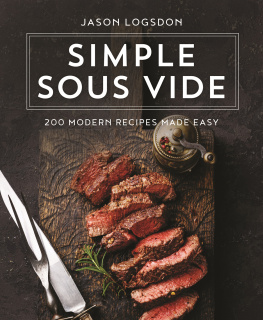


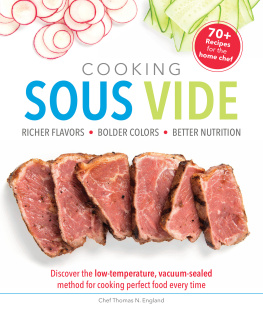
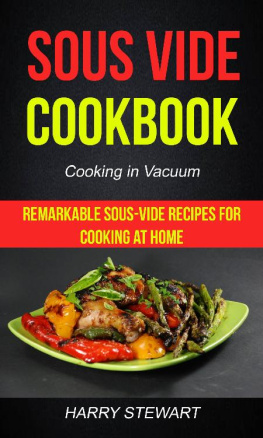
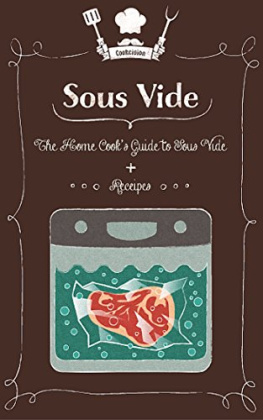

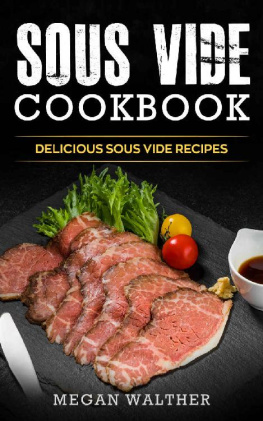
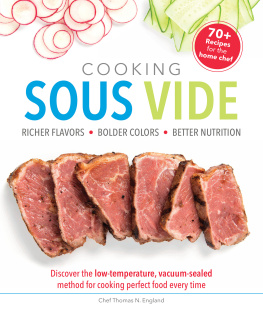
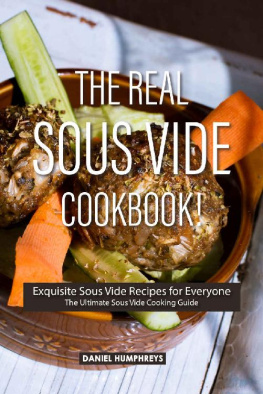
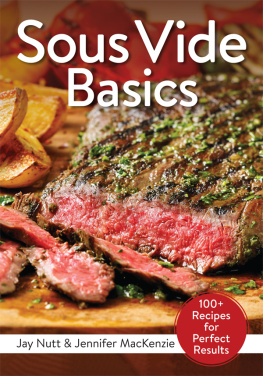

 For a more detailed look at sous vide, the equipment needed, and the specifics of the process you can view our free Beginning Sous Vide guide on our website. You can find them on our website at: www.cookingsousvide.com/beginning-sous-vide-guide.html History of Sous Vide Sous vide, or low temperature cooking, is the process of cooking food at a very tightly controlled temperature, normally the temperature the food will be served at. This is a departure from traditional cooking methods that use high heat to cook the food, which must be removed at the exact moment it reaches the desired temperature.
For a more detailed look at sous vide, the equipment needed, and the specifics of the process you can view our free Beginning Sous Vide guide on our website. You can find them on our website at: www.cookingsousvide.com/beginning-sous-vide-guide.html History of Sous Vide Sous vide, or low temperature cooking, is the process of cooking food at a very tightly controlled temperature, normally the temperature the food will be served at. This is a departure from traditional cooking methods that use high heat to cook the food, which must be removed at the exact moment it reaches the desired temperature.